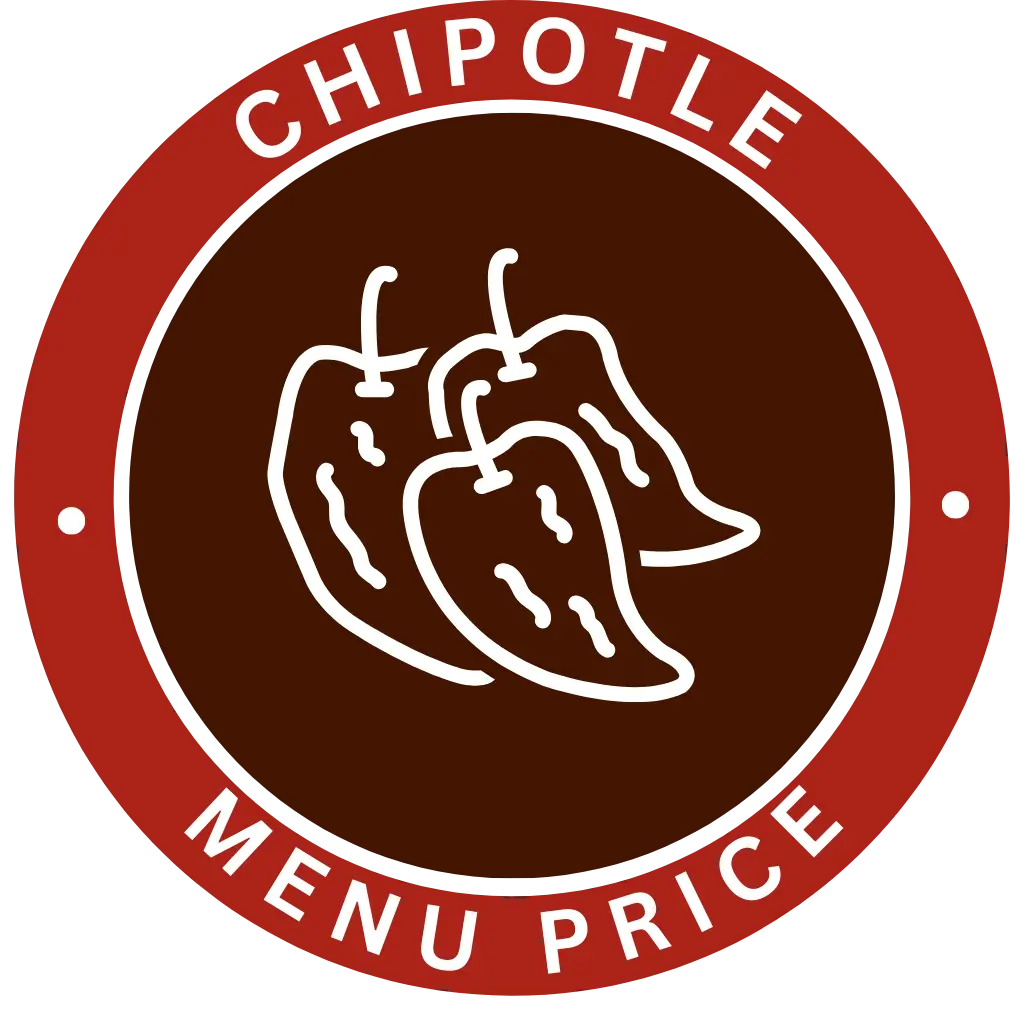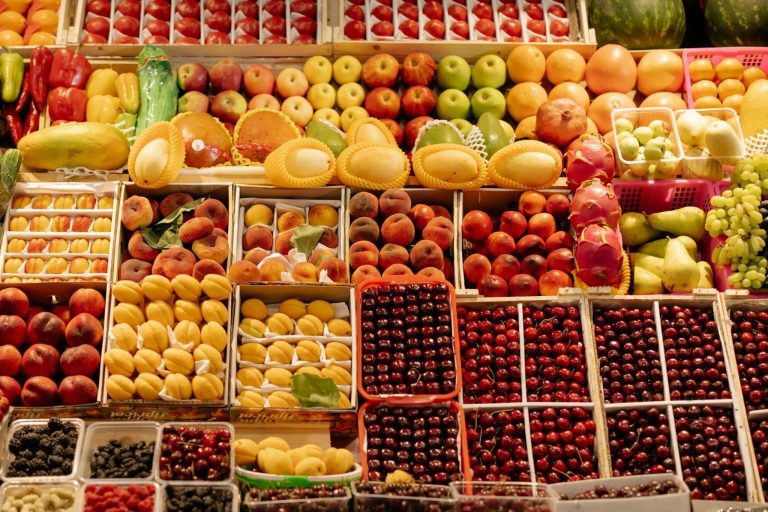Navigating Modern Seafood Choices: What Every Consumer Should Know
The allure of seafood has captivated cultures for centuries. From hearty fish stews to delicately seared fillets, seafood offers a diverse range of flavors and essential nutrients that appeal to a wide audience. As our palates become more sophisticated and our awareness of food sourcing grows, understanding where and how our seafood is harvested has never been more critical. Whether you’re browsing at a local fish market or scanning restaurant menus, knowing how to make smart seafood choices can transform not just your meals, but your health and ecological footprint too.
The Rise of Sustainable Seafood
In recent years, sustainability has become a cornerstone of responsible food consumption. Overfishing, habitat destruction, and climate change have put immense pressure on marine ecosystems. As a result, sustainability certifications and seafood guides have emerged, helping consumers identify seafood options that are responsibly harvested. Many restaurants and markets now proudly display their commitment to sustainable practices, offering diners and shoppers greater transparency. However, the details behind these labels are often complex, involving considerations like the method of capture, breeding practices, and local versus imported sourcing.
Among the key choices consumers must navigate is the type of salmon they purchase. One common question is whether farmed salmon offers the same quality, health benefits, and sustainability profile as its wild-caught counterpart. Farmed salmon has seen tremendous growth in popularity over the past few decades, due to its affordability and consistent availability. Farming techniques have also evolved significantly, aiming to address concerns around nutrition, environmental impact, and fish welfare. Whether you’re drawn by price, taste, or availability, understanding the nuances of farmed salmon is essential to making a choice that aligns with your values and needs.
Understanding Salmon’s Nutritional Profile
Salmon, whether wild or farmed, remains one of the most nutritious seafood choices available. It’s a rich source of omega-3 fatty acids, high-quality protein, and important vitamins like B12 and D. However, differences in diet, environment, and growth methods between wild and farmed salmon can lead to variations in fat content, color, and flavor. Wild salmon tends to have a leaner profile with a more intense flavor, while farmed varieties are typically higher in fat, resulting in a milder, richer taste. These differences also subtly influence the way salmon behaves during cooking, from searing to baking to grilling.
Consumers should also note that feed innovations in aquaculture are narrowing the nutritional gap between wild and farmed options. Many farms now enrich feed with marine algae and sustainable sources of omega-3s, enhancing the nutritional benefits of farmed fish. Still, labels and sourcing transparency remain important tools for selecting the best quality salmon for your plate.
Environmental and Ethical Considerations
Beyond nutrition, choosing the right salmon also involves thinking about the environment. Wild salmon populations face threats from overfishing, habitat loss, and climate change. Meanwhile, poorly managed salmon farms have historically been associated with pollution, disease transmission to wild populations, and resource-intensive practices. Fortunately, there have been major improvements in aquaculture over the past decade. Today, responsible fish farming emphasizes reduced antibiotic use, habitat-friendly designs, and innovations like offshore farming that minimize environmental impact.
Organizations like the Aquaculture Stewardship Council (ASC) provide certifications for farms that meet rigorous environmental and social standards. When evaluating seafood, seeking out certified options can ensure that you are supporting farms that prioritize eco-friendly and ethical operations. It’s worth remembering that both wild and farmed options have their place in creating a resilient seafood system — each comes with unique advantages and challenges.
Choosing the Best Salmon for You
When deciding which type of salmon to bring home, personal preferences, budget, and intended culinary use all come into play. If you’re after a bold, lean flavor for sashimi or a light summer salad, wild salmon may be your top choice. On the other hand, if you’re preparing a creamy pasta dish or a hearty chowder, the rich texture of farmed varieties can be a perfect complement. For families watching their grocery budgets, farmed options offer an affordable way to incorporate heart-healthy seafood into regular meals.
Understanding labeling is critical here. Look for origin information, sustainability certifications, and, if possible, ask your fishmonger for sourcing details. Transparency is key to feeling good about the seafood you buy and serve.
The Future of Salmon: Innovation and Stewardship
The seafood industry is rapidly evolving to meet the growing demand for responsible practices. Innovations like land-based recirculating aquaculture systems (RAS) promise to further reduce the environmental footprint of salmon farming. Genetic improvements, sustainable feed sourcing, and better monitoring technologies are transforming aquaculture into a more efficient, eco-friendly sector.
At the same time, efforts to conserve wild salmon habitats through improved fishery management, habitat restoration, and indigenous-led conservation projects are gaining momentum. Balancing these two streams — farmed and wild — will be essential to maintaining salmon as a cornerstone of global food security.
Conclusion: An Informed Plate Is a Satisfied Plate
Choosing seafood today isn’t just about taste or tradition; it’s about making informed decisions that reflect a broader understanding of health, sustainability, and ethics. By educating yourself on the differences between wild and farmed salmon, you can make choices that satisfy not just your palate, but also your principles. Whether you opt for the bold flavors of the wild or the rich textures of carefully farmed fish, embracing mindful seafood consumption ensures that future generations can enjoy these treasures from the sea as much as we do today.







